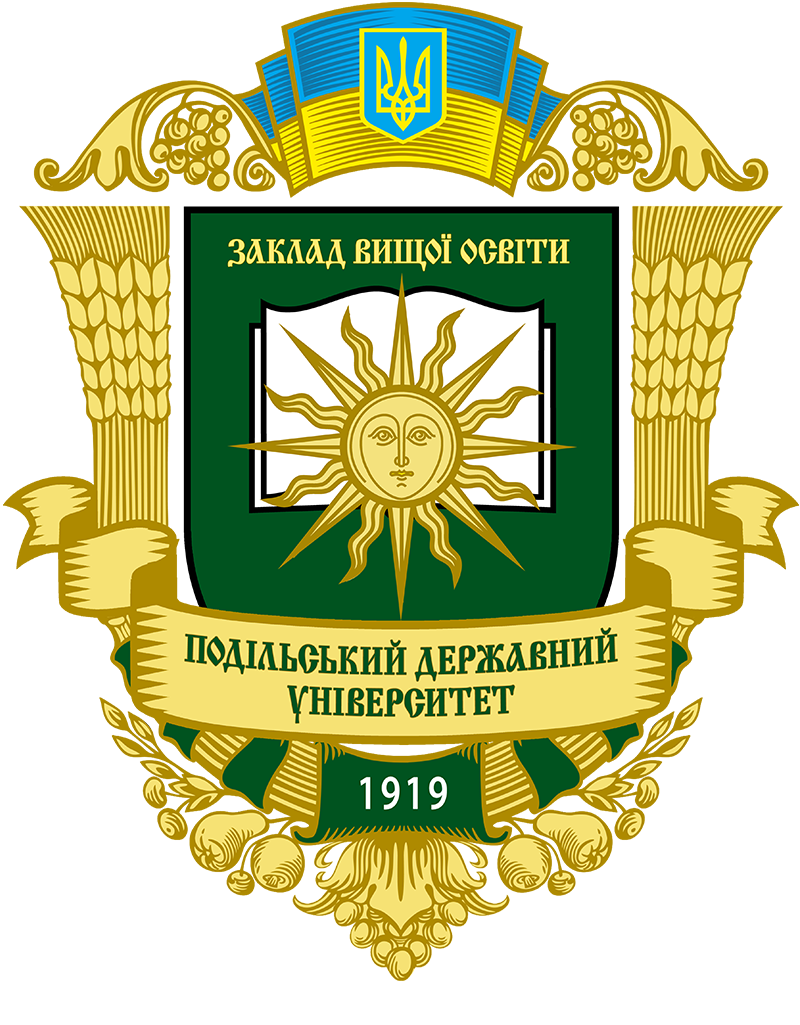EVALUATION OF SOIL PRODUCTIVITY BY HUMUS CONTENT
DOI:
https://doi.org/10.37406/2706-9052-2024-3.6Keywords:
land monitoring, soil ecological monitoring, land assessment, humus, mapping, soil fertilityAbstract
The article covers the issue of monitoring and evaluating the productivity of agricultural lands, as well as the system of monitoring their condition and intended use in order to detect changes in time and avoid negative consequences. The result of the research is an analysis of the soil fertility of the Poltava region in terms of territorial communities and districts according to the parameter: changes in humus reserves. It was established that during the X and XI rounds of agrochemical surveys of soils of the Poltava region, during which the content of humus, changes in actual and exchangeable acidity, and the content of the main macroelements were determined, control measures for the condition of agricultural lands were outlined, which allows the use of the results of these studies for detection of changes in the condition and structure of land, soil cover, land evaluation, the spread of erosion processes and the level of ecological stability of landscapes. Research has established that the content of humus in the Lubensky and Kremenchutsk districts is average (2.1−3.0%) and elevated (3.1−4.0%) indicators, while the Poltava and Myrhorod districts are characterized by a high level (4, 1−5.0%) of humus content. The research results confirm that the soils of the Velikobagachanska (4.4%) and Karlivska (4.22%) territorial communities have a high humus content. While the average level (2.1−3.0%) of humus content was noted in Pyryatynska (2.74%), Chornukhinska (2.76%), Lohvytska (2.97%), Hadiatska (2.99%), Kozelshchanska (3.03%), Kremenchutska (2.72%) and Kobeliatka (3.09%) territorial communities. Sixteen territorial communities of the region have an increased content of humus in the soil, which is characterized in the range of 3.1-4.0%. The results of soil monitoring are an important measure in the regulation of land relations. They are used for the economic and monetary assessment of land, setting the amount of payment for land, planning measures to restore soil fertility and increase productivity, adjust agricultural technologies, and carry out ecological and agrochemical zoning of the territory. Its main goal is timely detection of changes in their condition, assessment, prevention of negative consequences of processes and development of scientifically based farming systems.
References
Булигін С.Ю., Вітвіцький С.В. Моніторинг і оцінка якості ґрунтів та земель. Навчальний посібник. К. НУБіП України, 2016. 416 с.
Екологічний паспорт Полтавської області (2022 рік). URL: https://nupp.edu.ua/page/iformatsiyno-monitoringoviytsentr-dovkillya-poltavshchini.html (режим звернення 11.08.2024).
Ковальчук І.П., Волошин П.К., Михович А.В. Екологічний моніторинг регіону: експертна оцінка стану і функціонування. Львів: ГО «Опілля-Л», 2009. 608 с.
Крупко Г.Д., Лисиця А.В., Толочик І.Л., Портухай О.І. Моніторинг агроекологічного стану ґрунтів окремих територіальних громад волинського Полісся. Український журнал природничих наук. 2023. № 4. С. 104–114. https://doi.org/10.32782/naturaljournal.4.2023.12.
Кузін Н.В. Екологічний моніторинг деградованих і малопродуктивних земель як основа оцінки рівня деградаційних процесів в сільськогосподарському землекористуванні. Ефективна економіка, 2017. № 1. URL: http://www.economy.nayka.com.ua/?op=1&z=5563.
Моніторинг ґрунтів та земель: для чого та як він здійснюється. URL: https://apk.hlr.ua/articles/monitoring-pochv-izemel-dlya-chego-i-kak-on-osushhestvlyaetsya (режим звернення 10.08.2024).
Панас Р., Маланчук М. Сучасні проблеми здійснення моніторингу ґрунтового покриву України. Геодезія, картографія і аерофотознімання. 2013. Вип. 78. С. 201–205. URL: https://science.lpnu.ua/sites/default/files/journal-paper/2017/may/1541/gka78201333.pdf (режим звертання 10.08.2024).
Регіональна доповідь про стан навколишнього природного середовища в Полтавській області у 2022 році. URL: https://nupp.edu.ua/page/iformatsiyno-monitoringoviy-tsentr-dovkillya-poltavshchini.html (режим звернення 11.08.2024).
Тараріко Ю.О., Величко В.А., Личук Г.І. Шляхи підвищення ефективності та конкурентоспроможності агроекосистеми. Вісник аграрної науки. 2008. № 4. С. 63–69.
Фурдичко О.І. Екологічні проблеми стану агросфери в контексті збалансованого розвитку природокористування в Україні. Збалансоване природокористування. 2015. № 1. С. 5–11.










